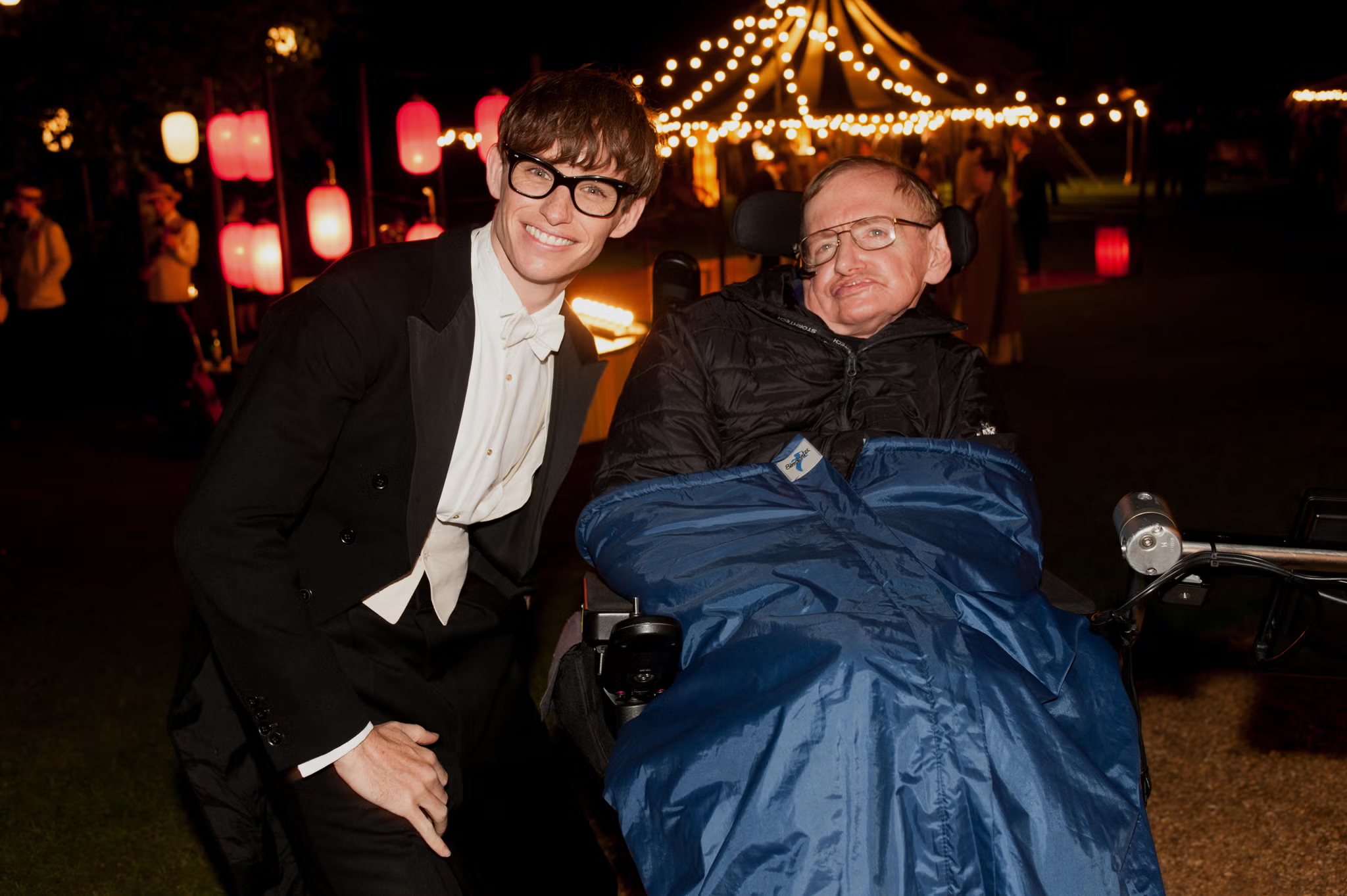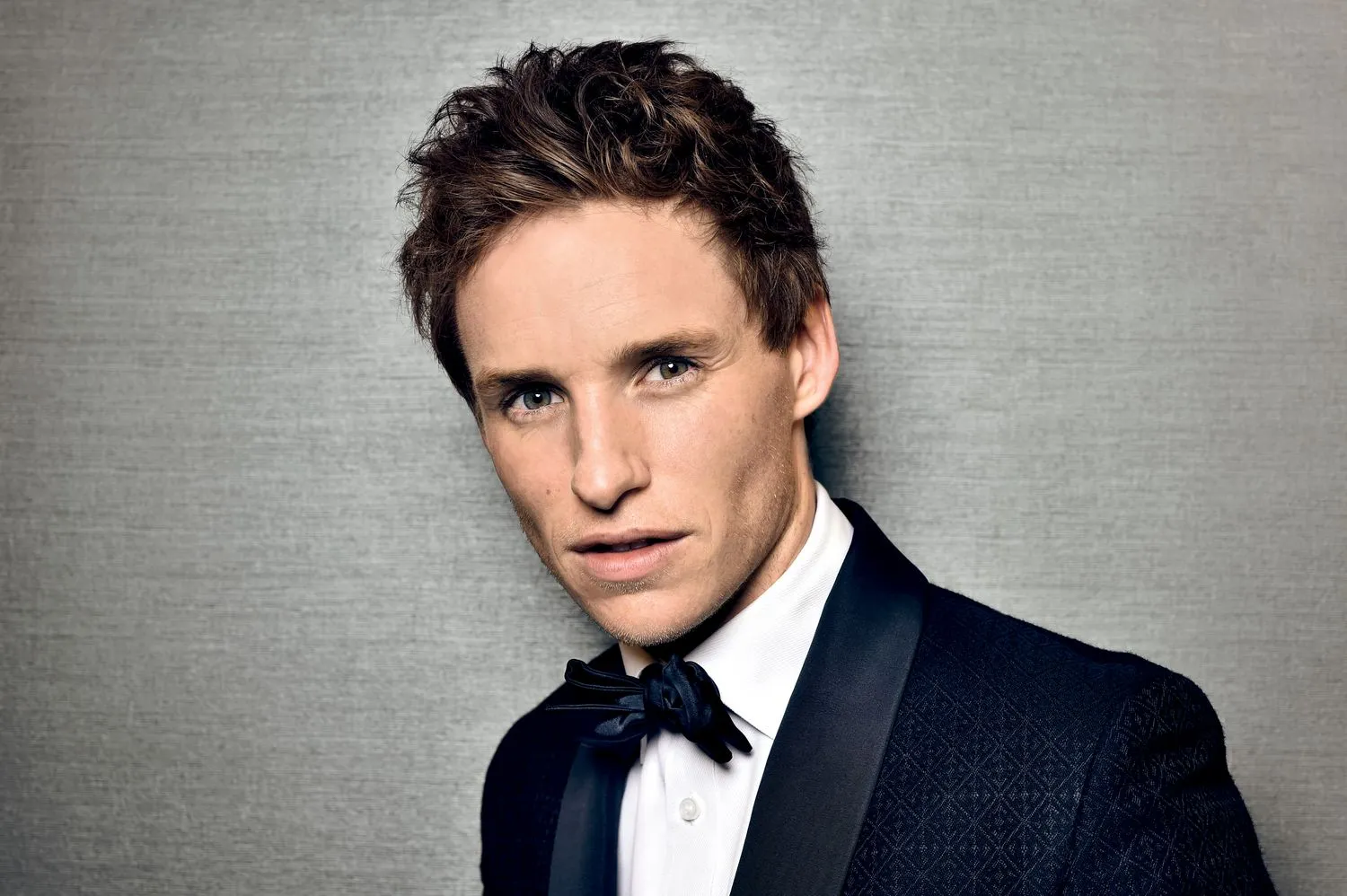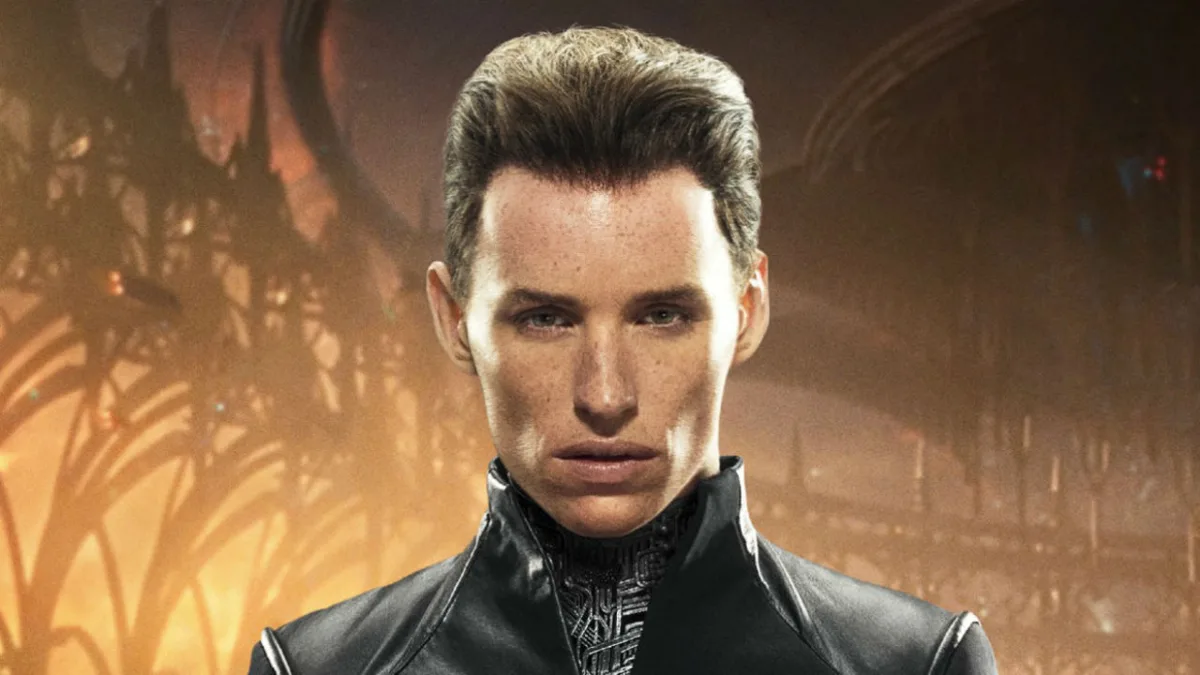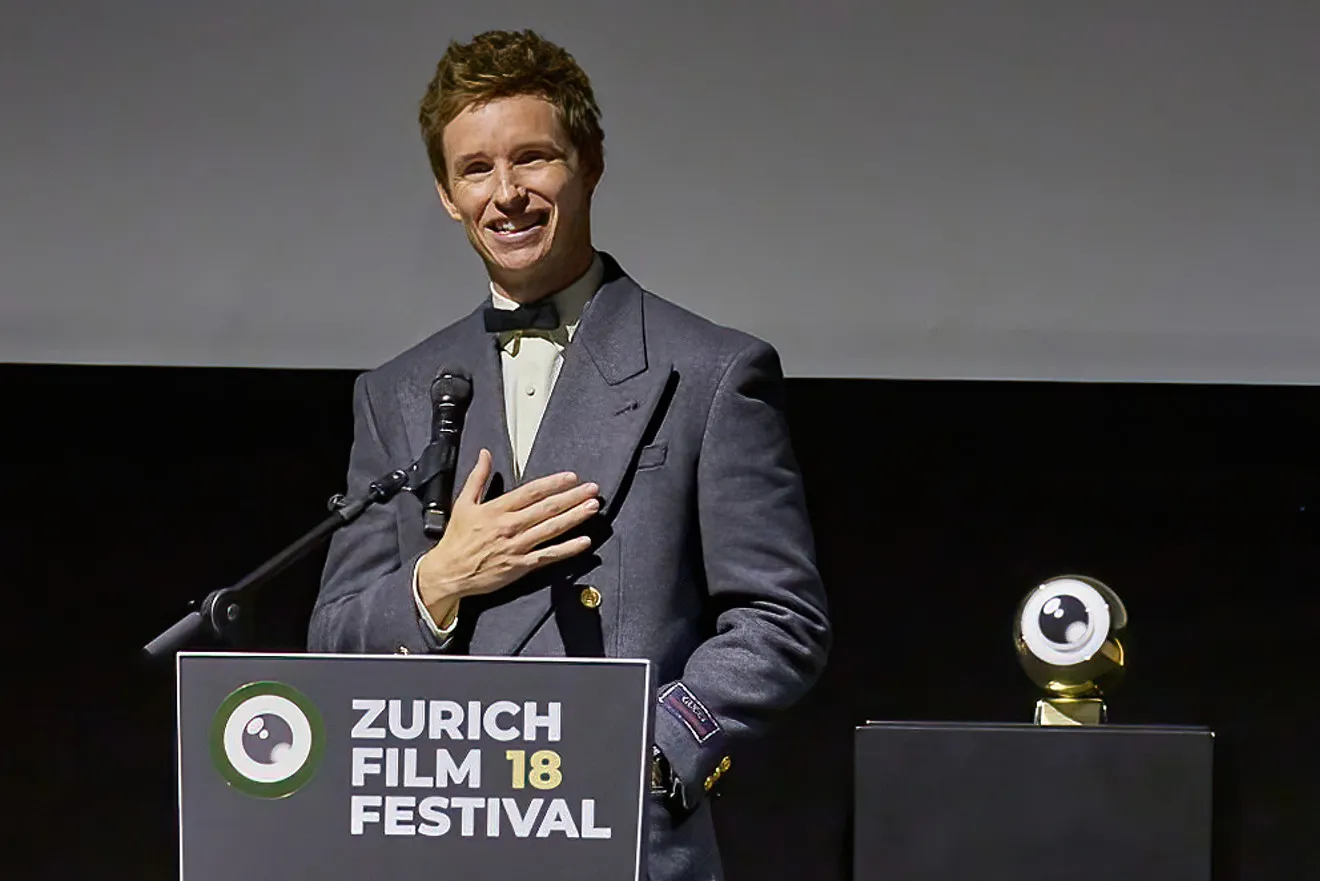Eddie Redmayne’s portrayal of Stephen Hawking in “The Theory of Everything” remains a high point in his career, marking a transformative performance that won him an Oscar for Best Actor. The role demanded not only an emotional depth but a physical transformation that pushed Redmayne to his limits, showcasing his dedication and versatility as an actor.

The Night Before Filming: A Testament to Dedication
The challenge of embodying Stephen Hawking, who was diagnosed with motor neurone disease at the young age of 21, was no small feat. The disease progressively paralyzed him, requiring Redmayne to portray various stages of Hawking’s life with accuracy and sensitivity. The actor’s commitment to authenticity was so intense that it led to a sleepless night filled with anxiety before the first day of shooting.
Every time I feel the anxiety before shooting, it gets so intense. The night before the shoot, it got to four in the morning, and I wasn’t asleep. And I was being picked up at six! I got to five in the morning and I was like ‘Okay, I’m just not going to sleep.’ I had a bath, woke up, and walked through the streets of Cambridge.

This overwhelming fatigue, as Redmayne described, paradoxically aided him during a crucial breakdown scene at the end of a grueling first day. The physical and emotional exhaustion he experienced mirrored the intense personal struggles Hawking himself faced, allowing Redmayne to deliver a heartbreakingly authentic performance.
Meticulous Preparation: The Key to Authenticity
To prepare for the role, Redmayne embarked on a rigorous six-month period of research and physical training. He immersed himself in Hawking’s world, reading extensively and watching footage to capture the essence of the renowned physicist. His training was supplemented by working closely with choreographer and movement director Alexandra Reynolds, known for her work in films like “World War Z”. Reynolds helped Redmayne master the precise, controlled movements required to depict Hawking’s physical condition authentically.

Redmayne’s commitment extended beyond the physical aspects of the role. He visited the Queen Square Centre for Neuromuscular Diseases, engaging with MND patients to gain deeper insight into their experiences. This hands-on approach enriched his understanding and portrayal, making it not just a performance but a lived experience.
The Impact of a Role: Recognition and Reflection
The authenticity and depth of Redmayne’s portrayal earned him not only the Oscar but also a Golden Globe and a BAFTA. More importantly, it offered a nuanced, respectful representation of Stephen Hawking’s life and legacy, contributing to the public’s understanding of motor neurone disease. Reflecting on the role, Redmayne expressed how the portrayal was not just about mimicking physicality but about embodying the spirit of a man who defied the limitations set by his illness.

“The Theory of Everything” was more than a film for Eddie Redmayne—it was a profound journey into the life of a brilliant mind and a testament to the actor’s profound respect and dedication to his craft. This role not only showcased his ability to transform into his character but also highlighted the profound impact an actor can have in interpreting and honoring a real-life figure.

